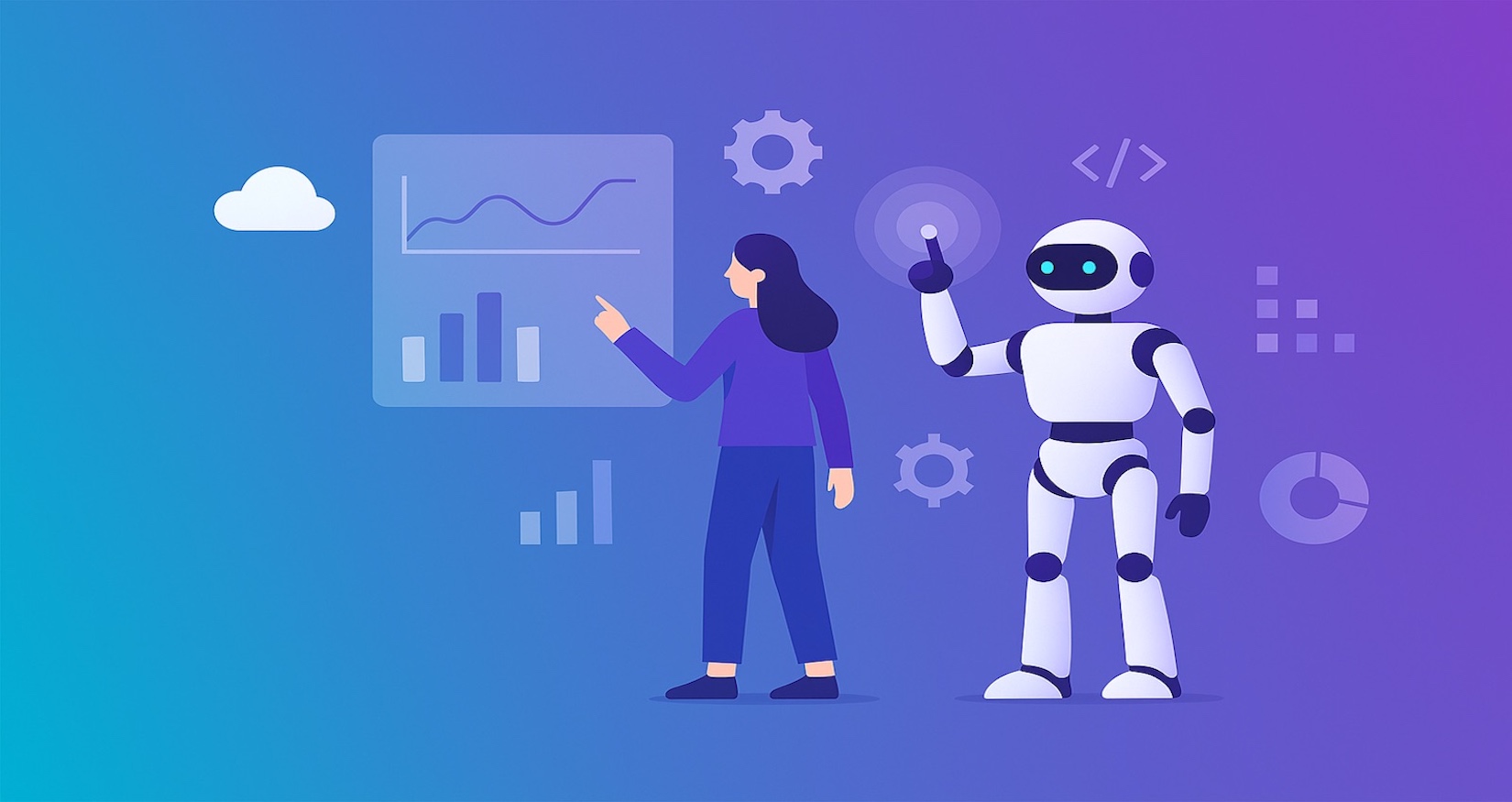Modernizing Applications: Future-Proofing your Legacy Software
Key Takeaways
- Application modernization is essential for bridging outdated legacy systems with modern, agile, and scalable solutions—driven by rapid tech advancements and rising customer expectations.
- Automation and AI are key accelerators in modernization, streamlining upgrades, reducing errors, and enhancing performance through predictive insights and intelligent workflows.
- Successful modernization requires strategic alignment—engaging stakeholders, balancing cloud migration costs with long-term benefits, and ensuring efforts support business goals.

Today’s digital landscape feels like an ever-shifting puzzle. With every new technological advancement, businesses are challenged to ensure their software keeps up. Application modernization isn’t just a trend—it’s a necessity. It serves as the bridge between yesterday’s trusted legacy systems and tomorrow’s cutting-edge innovations.
ASSESSING LEGACY SYSTEMS FOR MODERNIZATION POTENTIAL
Modernization starts with understanding what you already have. Legacy systems, while foundational and often reliable, can struggle under the weight of modern expectations—think of them as powerful ships needing updated engines and smarter navigation to sail today’s competitive seas.
The push to modernize has become essential as businesses aim for greater agility, scalability, and efficiency. In a rapidly evolving digital environment, companies are shifting from rigid monolithic architectures to more flexible and responsive systems. This shift is largely driven by two forces: the fast pace of technological innovation and rising consumer expectations for seamless digital experiences.
STEPS TO ASSESS LEGACY SYSTEMS
- Evaluate System Performance: Identify performance bottlenecks and inefficiencies.
- Review Security Protocols: Ensure data protection measures align with today’s security standards.
- Analyze Integration Capabilities: Check for compatibility with modern tools and platforms
. - Examine User Feedback: Collect insights from end-users to understand usability challenges.
Looking to transform your legacy software into a high-performing, scalable solution? Connect with our experts today to see how modernization can redefine your business and boost your ROI.
THE ROLE OF AUTOMATION IN STREAMLINING SOFTWARE UPGRADES
Automation is the unsung hero of legacy software modernization. It simplifies complex transitions by turning them into structured, repeatable processes. With automation tools, businesses can reduce human error, improve reliability, and minimize the time and effort required for manual upgrades.
HOW AUTOMATION ENHANCES SOFTWARE UPGRADES
- Speeds Up Processes: Automated scripts complete upgrades significantly faster than manual methods.
- Reduces Errors: Automated testing and deployment lower the risk of mistakes.
- Increases Consistency: Standardized processes ensure upgrades are reliable and repeatable.
As IT environments become more complex and the need for speed increases, automation becomes essential—streamlining workflows and ensuring that modernization efforts are delivered quickly and precisely.
BALANCING COSTS AND BENEFITS OF CLOUD MIGRATION
Cloud migration opens the door to scalable, flexible infrastructure. But with that opportunity comes the challenge of balancing costs with the expected benefits. Transitioning to the cloud converts capital expenses into operational ones, allowing businesses to pay only for what they use.
COST-EFFECTIVE STRATEGIES FOR APPLICATION MODERNIZATION
- Assess Total Ownership Cost: Factor in both upfront migration costs and long-term operational savings.
- Leverage Hybrid Cloud Solutions: Combine public and private cloud options to balance performance and cost.
- Seek Scalable Solutions: Choose infrastructure that grows with your business.
But cloud migration is about more than cost—it’s about building adaptive systems that empower innovation and help businesses respond quickly to change, delivering long-term value and resilience.
HARNESSING AI FOR ENHANCED APPLICATION PERFORMANCE
AI is transforming the way businesses optimize applications. By leveraging intelligent data processing and predictive analytics, AI enhances performance and user experience. It enables tailored interactions and smarter automation—key drivers of digital transformation.
GUIDE TO AUTOMATING LEGACY SOFTWARE WORKFLOWS WITH AI
- Predictive Insights: Use AI to identify trends and forecast demand.
- Intelligent Bots: Automate routine customer service interactions.
- AI-Driven Process Automation: Free up teams by automating repetitive tasks, allowing focus on strategic work.
Integrating AI into modernized systems doesn't just improve performance—it unlocks powerful analytics that guide smarter business decisions and elevate the overall user experience.
KEY STAKEHOLDER CONSIDERATIONS FOR SUCCESSFUL MODERNIZATION
Modernization isn’t just a technical upgrade—it’s a strategic shift that requires alignment across all levels of the organization. Success depends on understanding the needs of stakeholders, from executives to end-users, and creating a shared vision for transformation.
BUILDING A STAKEHOLDER-CENTRIC MODERNIZATION STRATEGY
- Align with Business Goals: Ensure modernization supports core strategic objectives.
- Involve IT and Business Leaders: Engage stakeholders across departments to build momentum and buy-in.
- Communicate Benefits: Clearly explain how modernization improves outcomes across the organization.
When stakeholders are engaged and aligned, modernization efforts move faster, face less resistance, and generate greater long-term value.




